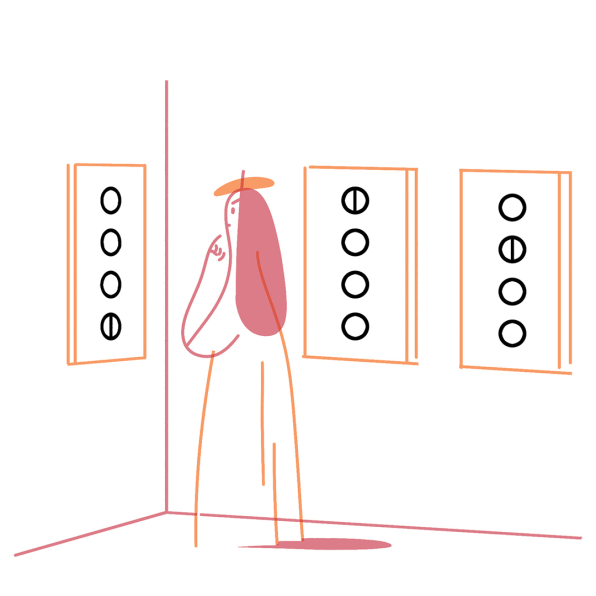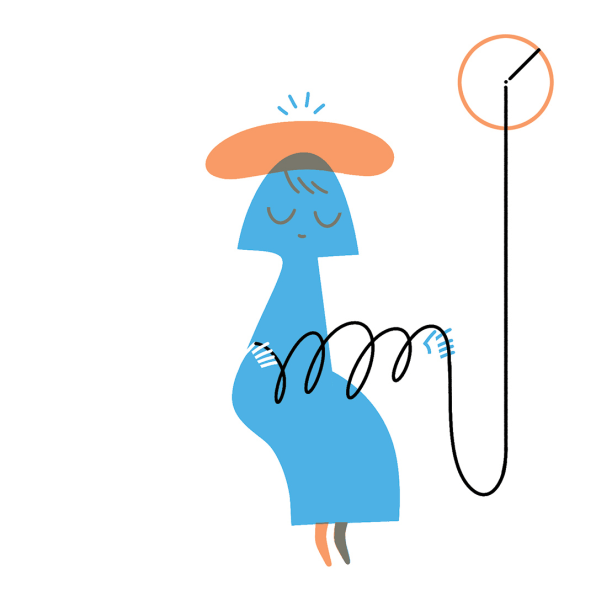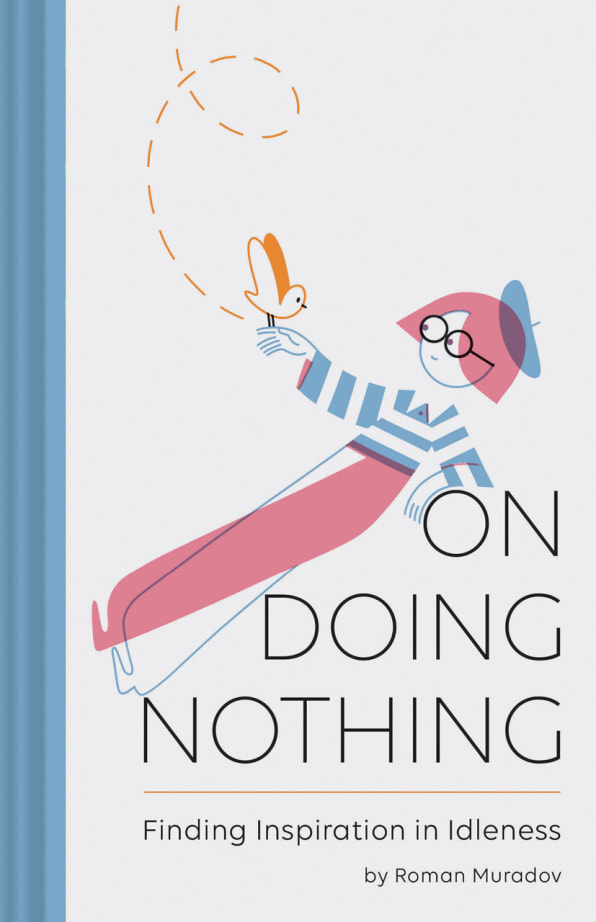Where Will The Skyliner Stop Be At Art Of Animation
The act of not making art is just as valuable as the act of making art. Delay can inform the work that is to come, or give existing work a different meaning.
Perhaps the artist most famous for not making art is Marcel Duchamp. Never exceedingly prolific, Duchamp seemed to have retired from art entirely in the last decades of his life. This proved to be not quite correct: From 1946 until 1966, he worked in secret on his final piece, which was revealed to the public a year after his death. As for his last words, Duchamp saved them for his tombstone: D'ailleurs, c'est toujours les autres qui meurent ("Besides, it's always other people who die"). In keeping with his irreverent body of work, the inscription is a joke, and one that can be told indefinitely, but only in the absence of the teller.
Jonathan Monk's photographic series Waiting for Famous People shows the artist at the arrivals gate of an airport holding signs with names like Elvis Presley, The Queen, and Marcel Duchamp. Monk revisited this airport performance 10 years later in a fitting tribute to Duchamp's philosophy of delay. Repeating oneself after a long while can have a strange distancing effect, as the work we revisit feels like it's no longer ours. Artistic delay is resisting the impulse to explore an idea fully at its birth, and instead allowing it to live for a while in the greenhouse of the mind, where it may mature and corrupt, grow into something new, or die and fertilize the soil.

Considering the number of hours we spend in literal or metaphorical waiting rooms, time is not in short supply. These periods add up to a decent stretch of emptiness that we can dedicate to the minutiae of life, or to the outlines of our projects.
Waiting rooms aside, here are a few other places fit for doing nothing:
— the corridor
— the bathroom
— the bus
— the street
— the park
— the outside
— the airplane
— the airport
— the train
— the elevator
— the bench
— underneath a cat or a similarly sedentary animal
— the garden
— the grave
— the grocery line
— the horizon line
— the conga line
— the void
Without due consideration, a delay can claim all given time and space. Jean-Philippe Toussaint divides his artistic process into two states: patience and urgency—both of them working together despite their contradictory nature. Whatever our opposing principles may be, we can develop them in parallel, but not in confluence: a palette of black and white is sharper than a palette of gray.
While it's easy to sway toward one extreme or another, holding both at the same time is a balancing act that keeps the artist constantly alert and aware. In Six Memos for the Next Millennium, Italo Calvino pairs each of his literary values with its opposite, since one is meaningless without the other. Lightness relies on heaviness. Heaviness relies on lightness. A flash of inspiration would lose much of its luster without the wait that precedes it.

In keeping with Calvino's idea, we can't examine delay without acknowledging immediacy. One of the exercises Ivan Brunetti suggests in his book Cartooning: Philosophy and Practice is drawing the same face a hundred times, one after the other. This exercise is focused on exploring and developing a visual vocabulary, as well as drawing skills. In a row of identical faces, the smallest variations can speak volumes, and the nature of the resulting inconsistency can help us understand our proclivities and quirks.
The critic Vivian Mercier famously described Samuel Beckett's Waiting for Godot as "a play in which nothing happens, twice." The statement can be seen as a criticism, but it can also be seen as a compliment: Writing a second act that mirrors the first without sending the audience to sleep is no small achievement. Forcing ourselves to repeat ourselves can hint at new solutions to familiar puzzles, or cast the previous solutions in a new light.
In 1998, Dominique Goblet (aged 31) and her daughter Nikita Fossoul (aged 7) decided to draw each other on a regular basis. Ten years later all these portraits were collected and published as Chronographie. The book is a tribute to the passage of time, growth, and experience, to the fleeting sensations that both mother and daughter captured and let slip. It has the lightness of each moment, as well as the weight of the years it took to complete. No time is ever truly wasted.

A delay allows us a better appreciation of our practice, and a better understanding of our surroundings. It's also a good way of learning patience. After embarking on a brief (very brief ) artistic career, Tove Jansson's Moomintroll declares that all he wants is "to live in peace, plant potatoes, and dream." Having said that, with a plump beret draped over his head, he takes a few steps and falls off a cliff. The pursuit of art in any form requires tremendous patience, as well as the willingness to put the tools aside, instead of stubbornly persisting onward.
In his graphic novel Arsene Schrauwen, Olivier Schrauwen instructs the reader to put the book aside after reading each of its parts: first for a week, then for two weeks. Whether the reader follows this injunction is beyond the author's control, but these intervals can lead to a more involved reading experience, as names and details fade from memory, and the novel's patterns increasingly grow faint. A measured reading becomes a collaboration between the reader and the book, whether the book tells us to stop or not.
In 1967, just as her work was beginning to receive widespread acclaim, Agnes Martin left her New York studio, gave away her supplies, and didn't paint for seven years. During that time, she traveled in New Mexico and in Canada, the country of her birth. In 1974, she returned to the art world, abandoning her trademark grids for vertical stripes, and muted chromatic colors for lush and vivid tones. The reasons behind Martin's journey are hidden in the paintings that followed the delay. In a rare interview with ARTnews in 1979, Martin said, "We all have the same inner life. The difference lies in the recognition. The artist has to recognize what it is." Sometimes that recognition can take an awful lot of time.

At the time of her departure, Martin was 55. She completed her last painting at 92, a few months before her death. Carmen Herrera was 80 when she sold her first painting, after decades of prolific and inventive work. Bill Traylor made his first drawing at 85, while Arthur Rimbaud stopped writing at 21. The artistic timeline is distinct for all of us and can't be seen in full until the artist is no longer present.
This essay was adapted with permission from On Doing Nothing (Chronicle Books, June 12, 2018). Preorder a copy for $12.95 here.
Where Will The Skyliner Stop Be At Art Of Animation
Source: https://www.fastcompany.com/90174167/the-case-for-doing-nothing

0 Response to "Where Will The Skyliner Stop Be At Art Of Animation"
Post a Comment